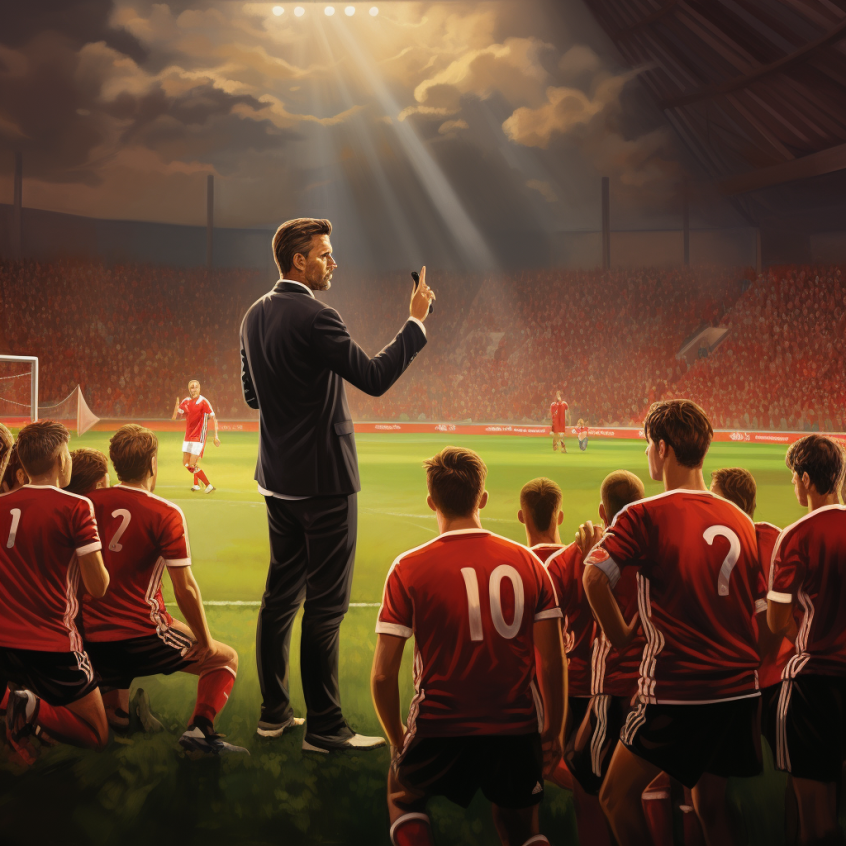In many conversations, people ask me: “Why did you get into a management position?”. I’ve answered countless times. The main factor was to help other people grow and succeed as a team. But it was also driven by poor management experiences, contrasting with what I read about how big tech companies (FAANG) were doing it. I started seeing patterns, and there were two of them that gave me the final boost to change careers:
- Not addressing poor performance. Some peers didn’t care about the quality of the code we were shipping. That would be OK sometimes, but I got mad when I spent a few chasing a bug in 1500+ lines of code in a Java class. It was driving down productivity, and the management team couldn’t see it, even with clear examples and data provided.
- Not setting the bar high enough. Low standards bred complacency within the team. Workers perceived that mediocrity was acceptable, so it was the standard. Also, some high performers felt demotivated and disengaged if their efforts to exceed expectations went unnoticed.
That’s why I’ve shared the following analogy with many peers and managers over the years:
If Piqué — center back, FC Barcelona — does a bad game, that’s on him and on the team. If he does ten straight bad games, that’s on the coach. If Piqué does 38 bad games in the whole season and no one notices, that’s on Joan Laporta, the president.
In football, it’s typical for a player to have an off day. However, if the player continues to underperform for several consecutive games, the coach will take responsibility for fixing the issue. The coach may bench the player, provide additional training, or even replace them with someone performing better.
If the coach continues to play the same underperforming player as a starter throughout the season, then the responsibility shifts to the club president. As a manager, it’s your responsibility to ensure that your team is performing at their best. If an employee needs to perform better, it’s your job to take action and help them improve.
However, if you keep an underperforming employee in the same role despite their poor performance, it becomes your fault as a manager. It’s essential to recognize that your decisions directly impact the success of your team and organization. Yet, when these issues persist without resolution, the responsibility shifts upward. The fault then transitions from the manager to their superior - the president or CEO.
Just as a manager must guide and hold their employees accountable, the president must oversee executive actions and hold them to the same standard. In cases where subpar performance is consistently overlooked, it’s incumbent upon the president to step in, assess the situation, and guide corrective action. This could involve reevaluating managerial decisions, providing additional training, or sometimes making changes in leadership.
Just as a manager must guide and hold their employees accountable, the president must oversee executive actions and hold them to the same standard. In cases where subpar performance is consistently overlooked, it’s incumbent upon the president to step in, assess the situation, and guide corrective action. This could involve reevaluating managerial decisions, providing additional training, or sometimes making changes in leadership.
In this way, the president becomes accountable for not only their direct decisions but also those made by the managers underneath them. This cycle of accountability at every level is crucial in building a successful and high-performing organization.
Comparing a football coach’s role and the hierarchy of responsibilities in a football club is a great way to understand the significance of making accurate decisions as a manager. It highlights the need to take accountability for your actions and make essential adjustments to guarantee your team’s triumph. Always keep in mind that making the right choices leads to winning.
— João
